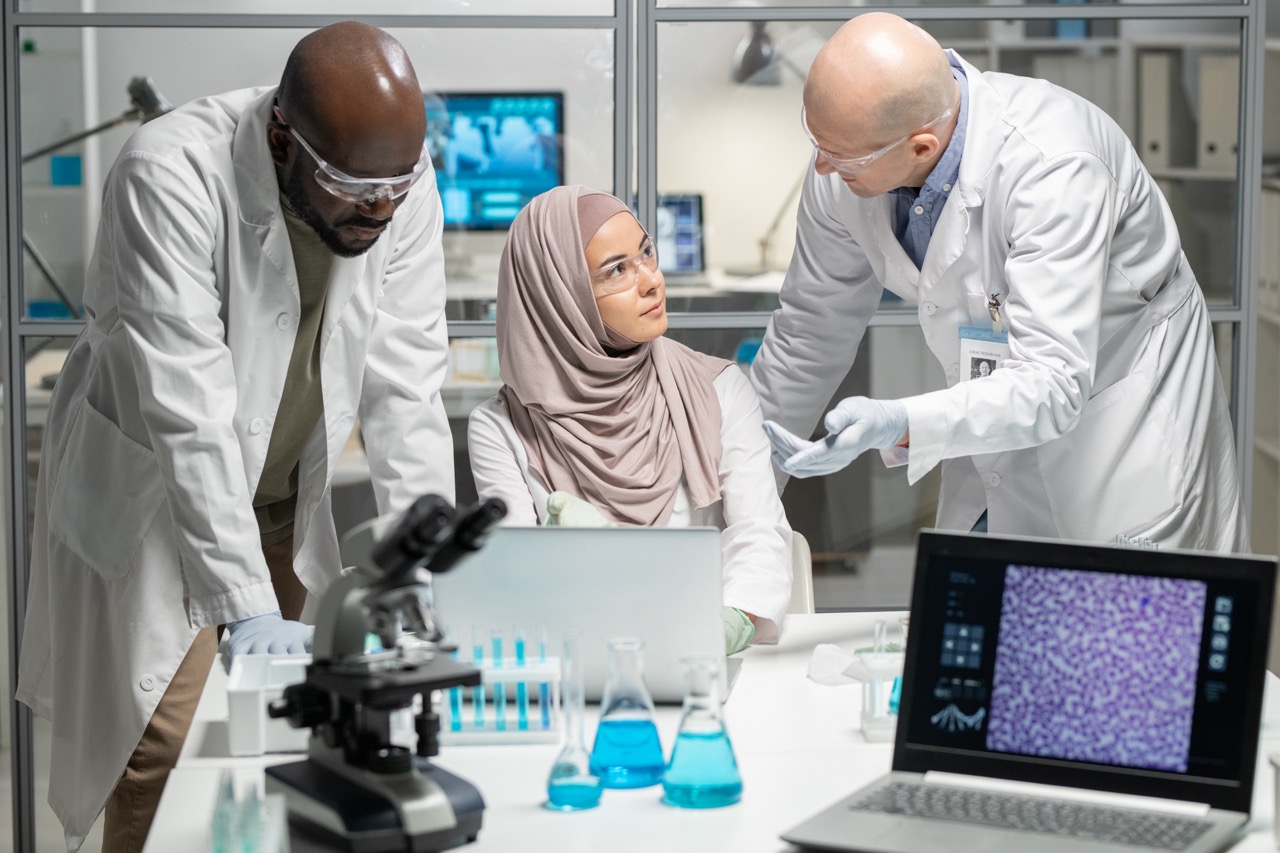The field of laser physics has seen remarkable advancements over the past few decades, and a significant part of that progress can be attributed to the pioneering work of Donna Strickland and her research lab. Strickland’s contributions to high-intensity laser technology have not only advanced theoretical understanding but have also paved the way for practical applications in various scientific domains. This article explores the scope of Strickland’s research, key innovations from her lab, the broader impact of her work on scientific progress, and future directions in high-intensity laser research.
Overview of Donna Strickland’s Research in Laser Physics
Donna Strickland is renowned for her groundbreaking research in the field of laser physics, particularly for her work on high-intensity, short-pulse lasers. She co-developed the technique of chirped pulse amplification (CPA), a revolutionary method that enables the generation of high-energy laser pulses. This methodology allows lasers to achieve intensities that were previously thought to be unattainable, thus opening new avenues in both fundamental science and applied research.
Strickland’s early experiments at the University of Waterloo, where she collaborated with Gérard Mourou, laid the groundwork for CPA. By stretching and then compressing laser pulses, they increased the peak power significantly without the risk of damaging the laser medium. This research not only garnered them the Nobel Prize in Physics in 2018 but also established a new paradigm in laser science, allowing for more effective experimentation and manipulation of light.
In addition to her work on high-intensity lasers, Strickland’s lab has focused on exploring the interactions of intense laser beams with matter. Her research has delved into understanding how these interactions can lead to new physical phenomena, such as high-order harmonic generation, which has significant implications for the generation of extreme ultraviolet light and beyond.
Key Innovations in High-Intensity Laser Technology
One of the most pivotal innovations from Strickland’s lab is the development of the CPA technique. This approach dramatically increases laser pulse energy and peak power, allowing researchers to manipulate matter at unprecedented levels of intensity. By stretching a laser pulse to reduce its peak power and then compressing it again just before it is focused, CPA enables the creation of laser pulses that are both powerful and extremely short—on the order of femtoseconds (10^-15 seconds).
Beyond CPA, Strickland’s lab has also contributed to advancements in laser systems that utilize solid-state technology. The development of new laser materials and amplifying media has allowed for more efficient energy transfer and higher output energies. These innovations have made high-intensity lasers more accessible and practical for a variety of applications, including medical treatments, materials processing, and fundamental physics research.
Additionally, Strickland’s research has pushed the limits of laser technology into the realm of ultrafast phenomena. By utilizing high-intensity lasers to probe molecular dynamics, her lab has enabled scientists to observe chemical reactions in real-time, providing insights into processes that were previously obscured by the limitations of traditional techniques. This integration of high-intensity laser technology with ultrafast science represents a significant leap forward in our ability to study and manipulate matter at the atomic level.
Impact of Strickland’s Lab on Scientific Advancements
The influence of Donna Strickland’s lab extends far beyond the confines of laser physics; it has catalyzed a multitude of advancements across various scientific fields. One of the most significant impacts has been in the area of materials science, where high-intensity lasers are used for precision cutting and micro-manufacturing. The ability to manipulate materials on a micro and even nano scale has led to innovations in electronics, photonics, and nanotechnology.
In medicine, Strickland’s contributions to laser technology have opened new avenues for non-invasive treatments. High-intensity lasers are now routinely used in procedures such as laser surgery and lithotripsy, where they can break down kidney stones without the need for invasive surgery. The precision and control offered by these advanced laser systems have made them invaluable tools in modern healthcare.
Furthermore, Strickland’s groundbreaking work has inspired a generation of scientists and engineers to explore the potential of high-intensity lasers. Her research has not only advanced the field but has also fostered interdisciplinary collaborations that connect physics, engineering, and applied sciences. As a result, her lab’s contributions have strengthened the scientific community’s ability to tackle complex problems and develop innovative technologies.
Future Directions for High-Intensity Laser Research
Looking ahead, the future of high-intensity laser research holds great promise, particularly as new technologies and methodologies continue to emerge. One area of focus will be the development of even more powerful laser systems that can reach higher intensities while maintaining stability and safety. This will require advancements in laser materials, cooling technologies, and compact delivery systems.
Another promising direction is the exploration of high-intensity lasers in quantum science and technology. The ability to manipulate light at the quantum level has vast implications for fields such as quantum computing, cryptography, and metrology. High-intensity lasers can be used to generate entangled photons or to probe quantum states, potentially leading to breakthroughs in our understanding and utilization of quantum mechanics.
Additionally, as the world faces pressing challenges such as climate change and energy sustainability, high-intensity lasers could play a vital role in future research. For example, they may be instrumental in enhancing solar energy conversion or in the development of fusion energy technologies. As Donna Strickland continues to lead her lab in exploring these frontiers, the contributions of her research are likely to shape the trajectory of science and technology for years to come.
In summary, Donna Strickland’s lab has made profound contributions to the field of high-intensity lasers, transforming both the scientific landscape and practical applications across various industries. From the pioneering technique of chirped pulse amplification to groundbreaking research in ultrafast phenomena, her work has inspired a wave of innovations that benefit multiple fields, including medicine, materials science, and quantum technology. As research continues to evolve, the future promises even greater advancements, solidifying Strickland’s legacy as a leading figure in laser physics.










